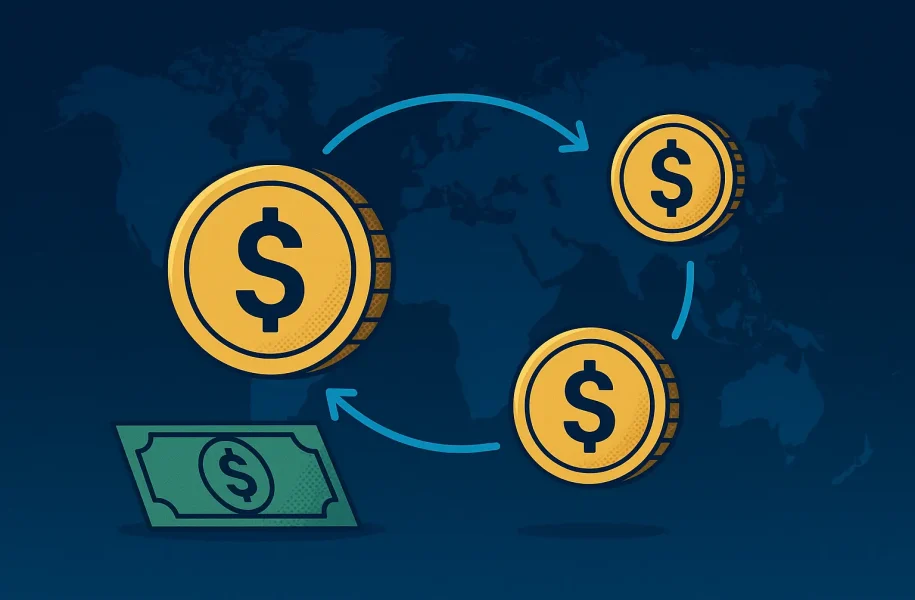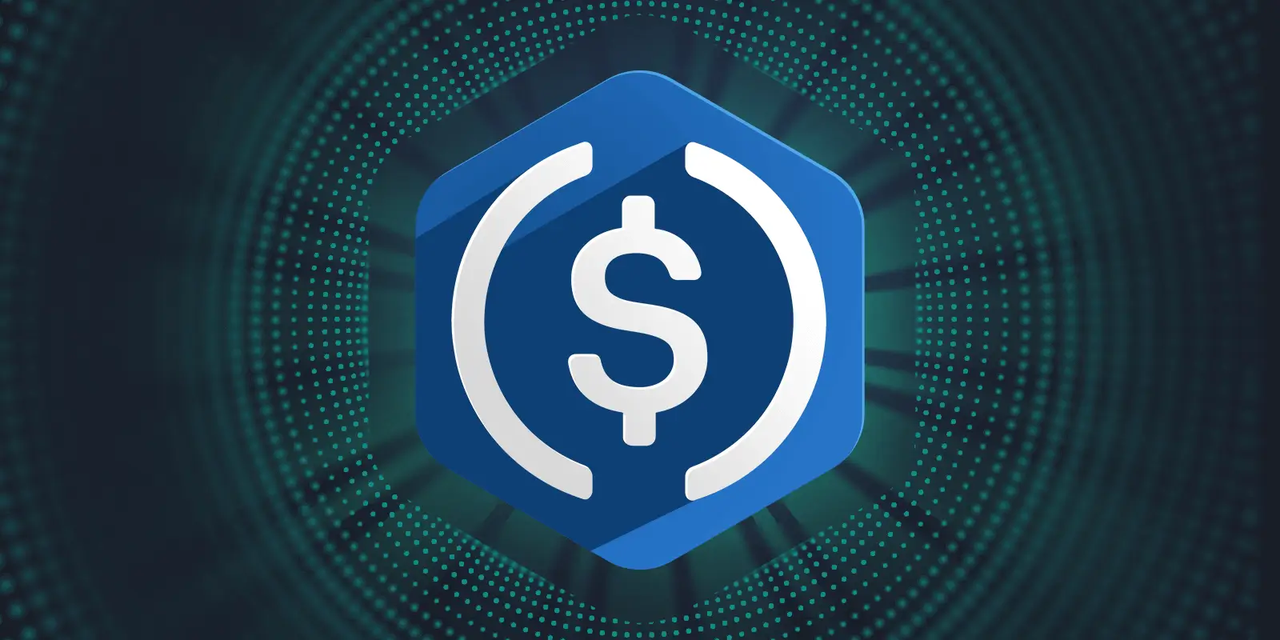
In recent years, the role of blockchain-based infrastructure in cross-border payments has undergone significant changes. While initially exciting, blockchain-based stablecoin payment solutions have brought both opportunities and challenges in reality.
According to an article published by Forbes, author Daniel Webber states that the increasing prominence of stablecoins in this field is a result of these dynamics, as businesses and consumers seek more stable and efficient ways to transfer value across borders.
The Role of Ripple and the Shift in Perception of Blockchain Infrastructure
Ripple was once hailed as a pioneer in the field of cross-border payments, but its influence has fluctuated due to legal issues, particularly the lawsuit from the U.S. Securities and Exchange Commission (SEC). Before facing legal challenges, Ripple was widely regarded as a strong alternative to traditional payment systems like SWIFT, providing instant settlement through its blockchain-based RippleNet service. Ripple's XRP token served as a bridge currency in these transactions, providing liquidity and simplifying cross-currency payment processes.
However, as banks and other financial institutions (especially those in Western countries) distanced themselves from Ripple amid its legal disputes, Ripple's participation in the cross-border payment space has declined. Nevertheless, Ripple continues to move forward, focusing on markets where its blockchain solutions can thrive.
The Rise of Stablecoins in Cross-Border Payments
As Ripple has been marginalized, the broader cross-border payment industry has begun to rely more on such digital assets as reliable solutions. Unlike traditional cryptocurrencies that are highly volatile, stablecoins are pegged to fiat currencies (usually the U.S. dollar), providing a more stable store of value. This stability is crucial in the payment industry, as price fluctuations of assets can create unnecessary risks in cross-border transfers.

They effectively reduce volatility, making them particularly attractive to the cross-border payment industry. Companies like MoneyGram, which previously used Ripple's blockchain, have since turned to Circle's USDC and Stellar's blockchain protocol. Facebook also explored stablecoin-based payment methods through its Libra project (which later evolved into the USDP-based Novi), highlighting the growing interest in remittance solutions supported by stablecoins.
Despite experiencing setbacks, such as the collapse of TerraUSD, which highlighted the risks of algorithmically-backed stablecoins, demand for them continues to grow. This indicates that, despite challenges faced by the stablecoin industry, as long as these assets are well-regulated and audited, they still possess strong growth potential in the cross-border payment sector.
The Shift to Dollar-Backed Stablecoins
After the collapse of TerraUSD in 2022, confidence in algorithmic stablecoins gradually waned, and the market focus shifted to dollar-backed stablecoins. This transition coincided with calls for increased regulation and greater transparency in asset auditing within the payment industry. Companies like Paxos and Circle have become key players, offering solutions that hold full reserves in the U.S. — crucial for traditional financial institutions looking to use stablecoins for payments.
The ongoing success of PayPal's stablecoin PYUSD (issued by Paxos) further underscores the increasing acceptance of stablecoins by large enterprises. Additionally, Circle, with its USDC stablecoin, has established significant partnerships with companies like Visa, BNY Mellon, and BlackRock, indicating that stablecoins are increasingly integrating into traditional financial infrastructure.
Why Stablecoins Remain Crucial for Cross-Border Payments
The most compelling reason for the continued integration of stablecoins into the cross-border payment space is their ability to enable instant settlement. Traditional financial systems often take days to complete cross-border payment settlements, while blockchain-based solutions can offer near-instant settlement. This feature is particularly important for businesses, as it reduces the liquidity required in the remittance market, enhances operational efficiency, and facilitates scaling.

Moreover, the ability for instant settlement alleviates compliance burdens in certain markets, as traditional solutions often require extensive verification and paperwork. These advantages are critical for companies seeking to modernize their payment infrastructure, making stablecoin-supported systems increasingly attractive.
The Future of Cross-Border Payments
While stablecoins have been adopted by many companies in the cross-border payment sector, this technology is not a one-size-fits-all solution. Different markets have varying needs, and not all payment channels can be optimally served by stablecoin technology. This means that while stablecoins are a valuable tool, they are just one part of a broader solution set shaping the future of cross-border payments.
In fact, the growth of stablecoins in this field will depend on their competitive ability against non-blockchain alternatives. In regions where payment systems are well-established and efficient, traditional payment methods may still outperform blockchain solutions. However, in emerging markets with underdeveloped traditional infrastructure, stablecoin-based systems have the potential to dominate.
As Ripple re-enters the enterprise payment space with its own stablecoin (RLUSD) and payment solutions, it remains to be seen how much of the global cross-border payment infrastructure will ultimately be supported by stablecoin technology. While stablecoins are unlikely to become the sole solution, their increasing integration into the global financial system could significantly enhance their market share in the cross-border payment sector.
Conclusion: The Growing Role of Stablecoins in Cross-Border Payments
The importance of stablecoins in the cross-border payment sector is becoming increasingly evident. Ripple's XRP was once a key player in the transformation of cross-border payments, while stablecoins like USDC and USDP are now leading the industry with their compliance, stability, and instant settlement capabilities. As the industry gradually adopts blockchain-based solutions, stablecoins are poised to become an indispensable part of global financial infrastructure, especially in regions where traditional systems are lacking.
Ripple's entry into the stablecoin market with the launch of RLUSD indicates its commitment to maintaining a leading position in the evolving payment landscape. However, for stablecoins to achieve widespread adoption, they must continuously prove their efficiency, reliability, and compliance in an increasingly competitive market.
免责声明:本文章仅代表作者个人观点,不代表本平台的立场和观点。本文章仅供信息分享,不构成对任何人的任何投资建议。用户与作者之间的任何争议,与本平台无关。如网页中刊载的文章或图片涉及侵权,请提供相关的权利证明和身份证明发送邮件到support@aicoin.com,本平台相关工作人员将会进行核查。




